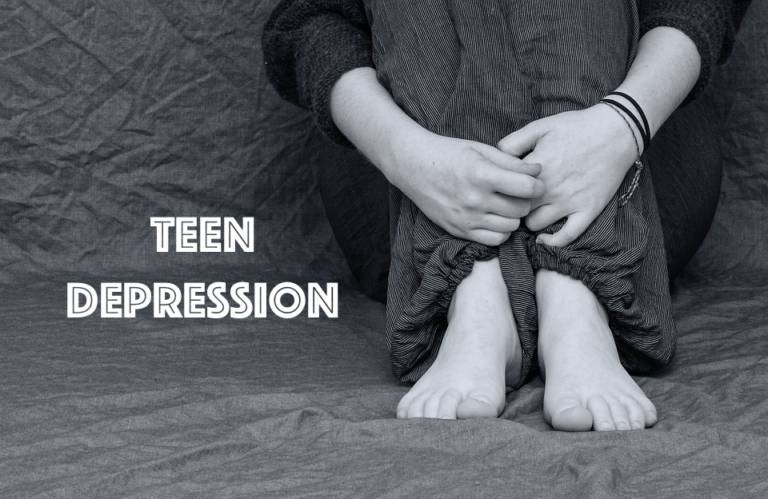Gender Differences in Attention Deficit Disorder
Prevalence of Attention Deficit Disorder in Females & Males
*According to the Center of Disease Control, approximately 6.1 million children (age 4-17) were diagnosed with ADHD in 2016 – That is 9.4% of children
*Boys (13.2%) were more likely than girls (5.6%) to be diagnosed
*By adulthood the number of men and women with ADHD is much more similar (5.4% for males vs. 3.2% for females

Symptoms of Attention Deficit Disorder in Females
Boys with ADHD tend to be easier to identify, as their boundless energy often disrupts activities and exhausts parents and teachers. Girls, however, tend to be quieter and better able to mask symptoms and compensate for deficits. As a result, ADHD in girls is often missed – sometimes until middle school, high school or even adulthood.
Inattentive symptoms – appear “lazy” or “spacey.” At school, can be shy and anxious, forgetful and disorganized about assignments, has difficulty staying on task, and appears easily overwhelmed or slow.
Hyperactivity – extremely talkative, described as “silly,” excitable, & overemotional. At school interrupts, switches topic, and poor organization. Can have dramatic friendships – overreact & argue.
Girls:
More often demonstrate Inattentive tendencies
Diagnosed at older ages
Greater likelihood of internalizing
Have more challenges w/ friends
May have increased feeling of self-doubt
Societal expectations of girls may result in less tolerance from adults
Estrogen may impact effects of medication
Symptoms often become worse in adolescence
Works harder to “hide” symptoms in order to meet expectations
May exhibit more covert behavior like lying
More likely to engage in self-harm (cutting)
Higher rates of co-existing disorders like depression
Boys:
More frequently demonstrate Hyperactivity
Easily spotted at younger ages
More externalizing, acting out problems
More easily accepted by peers
Self-concept may not be as affected
ADHD behaviors may be tolerated because they are typical “boy” behaviors
Less obvious impact of hormones on meds
Maturation improve hyperactivity symptoms
Less concerned about what other kids and adults think
May show more overt or aggressive behavior
Less likely to internalize difficulties
Higher rates of co-existing disorders like Oppositional Defiant and Conduct Disorder






